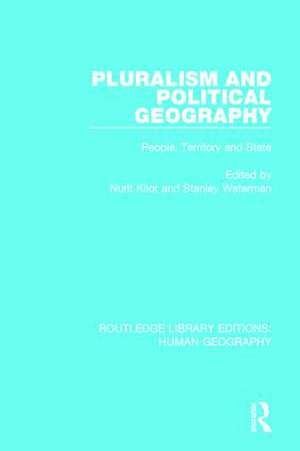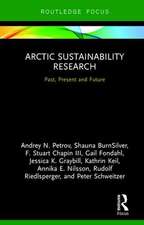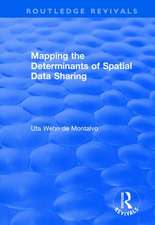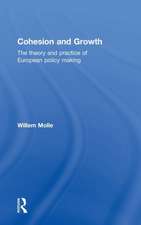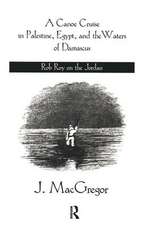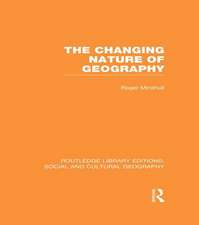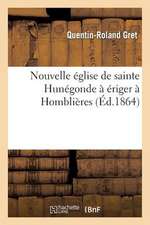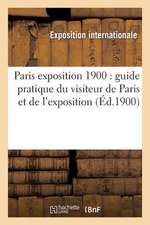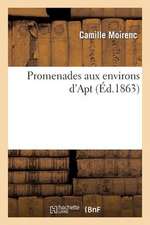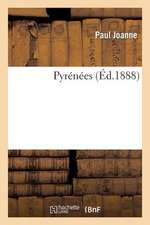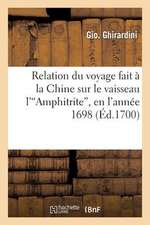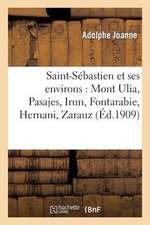Pluralism and Political Geography: People, Territory and State: Routledge Library Editions: Human Geography
Editat de Nurit Kliot, Stanley Watermanen Limba Engleză Paperback – 28 noi 2017
Din seria Routledge Library Editions: Human Geography
-
 Preț: 287.61 lei
Preț: 287.61 lei - 17%
 Preț: 167.04 lei
Preț: 167.04 lei -
 Preț: 243.98 lei
Preț: 243.98 lei - 17%
 Preț: 220.94 lei
Preț: 220.94 lei -
 Preț: 389.66 lei
Preț: 389.66 lei - 18%
 Preț: 164.37 lei
Preț: 164.37 lei -
 Preț: 382.91 lei
Preț: 382.91 lei - 17%
 Preț: 239.32 lei
Preț: 239.32 lei - 16%
 Preț: 242.06 lei
Preț: 242.06 lei -
 Preț: 383.89 lei
Preț: 383.89 lei - 17%
 Preț: 239.77 lei
Preț: 239.77 lei - 16%
 Preț: 241.15 lei
Preț: 241.15 lei - 16%
 Preț: 244.83 lei
Preț: 244.83 lei -
 Preț: 380.03 lei
Preț: 380.03 lei -
 Preț: 392.54 lei
Preț: 392.54 lei -
 Preț: 239.18 lei
Preț: 239.18 lei - 44%
 Preț: 157.88 lei
Preț: 157.88 lei
Preț: 389.66 lei
Nou
Puncte Express: 584
Preț estimativ în valută:
74.56€ • 78.05$ • 62.06£
74.56€ • 78.05$ • 62.06£
Carte tipărită la comandă
Livrare economică 31 martie-14 aprilie
Preluare comenzi: 021 569.72.76
Specificații
ISBN-13: 9781138959002
ISBN-10: 1138959006
Pagini: 336
Dimensiuni: 156 x 234 x 18 mm
Greutate: 0.45 kg
Ediția:1
Editura: Taylor & Francis
Colecția Routledge
Seria Routledge Library Editions: Human Geography
Locul publicării:Oxford, United Kingdom
ISBN-10: 1138959006
Pagini: 336
Dimensiuni: 156 x 234 x 18 mm
Greutate: 0.45 kg
Ediția:1
Editura: Taylor & Francis
Colecția Routledge
Seria Routledge Library Editions: Human Geography
Locul publicării:Oxford, United Kingdom
Public țintă
General, Postgraduate, Professional, and UndergraduateCuprins
1. Introduction Nurit Kliot and Stanley Waterman Part 1: Theory and Political Geography 2. The Question of Theory in Political Geography Peter J. Taylor 3. Theory and Traditional Political Geography Saul B. Cohen 4. Who Needs Theory? A Response from the Schizophrenic Middle Ground Ronald J. Johnston 5. The Question of Theory in Political Geography: Outlines for a Critical Theory Approach Ray Hudson Part 2: People – Human Perspectives on Pluralism 6. Equity and Freedom in Political Geography Paul Claval 7. Political Integration and Division in Plural Societies – Problems of Recognition, Measurement and Salience J. Neville H. Douglas 8. Dilemmas of Pluralism in the United States Richard L. Morrill 9. The Changing Situaiton of Majority and Minority and Its Spatial Expression – the Case of the Arab Minority in Israel Arnon Soffer 10. Communal Conflict in Jerusalem – The Spread of Ultra-Orthodox Neighbourhoods Yosseph Shilhave Part 3: Territorial Perspectives on Pluralism 11. The Dilemma of Nations in a Rigid State Structured World David B. Knight 12. The International Frontier in Microcosm – the Shankill-Falls Divide: Belfast Frederick W. Boal and David N. Livingstone 13. Dissimilarities in the Evolution of Froniter Characteristics Along Boundaries of Differing Political and Cultural Regions Moshe Brawer 14. Dualism and Landscape Transformation in Northern Sinai – Some Outcomes of the Egypt-Israel Peace Treaty Nurit Kliot 15. Space,Territory and Competition – Israel and the West Bank Gwyn Rowley Part 4: Pluralism – The State and the World 16. On the Instrumental Function of Political Geography Shalom Reichman 17. The Transformation of Local Government from Counties to Regions Andrew F. Burghardt 18. Versatility versus Continuity – The Dilemma of Jurisidictional Change Rex D. Honey 19. Intergovernmental Relationships and the Territorial Structure of Federal States Ronan Paddison 20. Boundaries as Barriers – The Predicament of Land-Locked Countries Henrik-Jan A. Reitsma 21. Identifying Regional Alliances and Blocs in the United Nations Voting – Some Preliminary Results of Votes Affecting Israel Stanley D. Brunn and Gerald L. Ingalls 22. A Geopolitical Model for International Behaviour Robert W. McColl 23. American Foreign Policy for the Eighties Saul B. Cohen Coclusion 24. Overview Stanley Waterman and Nurit Kliot
Descriere
In this comprehensive study, problems of racial and religious division are examines in places as diverse as Northern Ireland and the West Bank. Territorial and spatial expression, intergovernmental relationships in federal states, alliance blocs within the United Nations and American foreign policy are among the wide range of subjects covered. The problems are considered using both traditional and radical approaches, but throughout, the book argues that apply the concept of pluralism isn the best way of understanding the political geography of the modern world.
